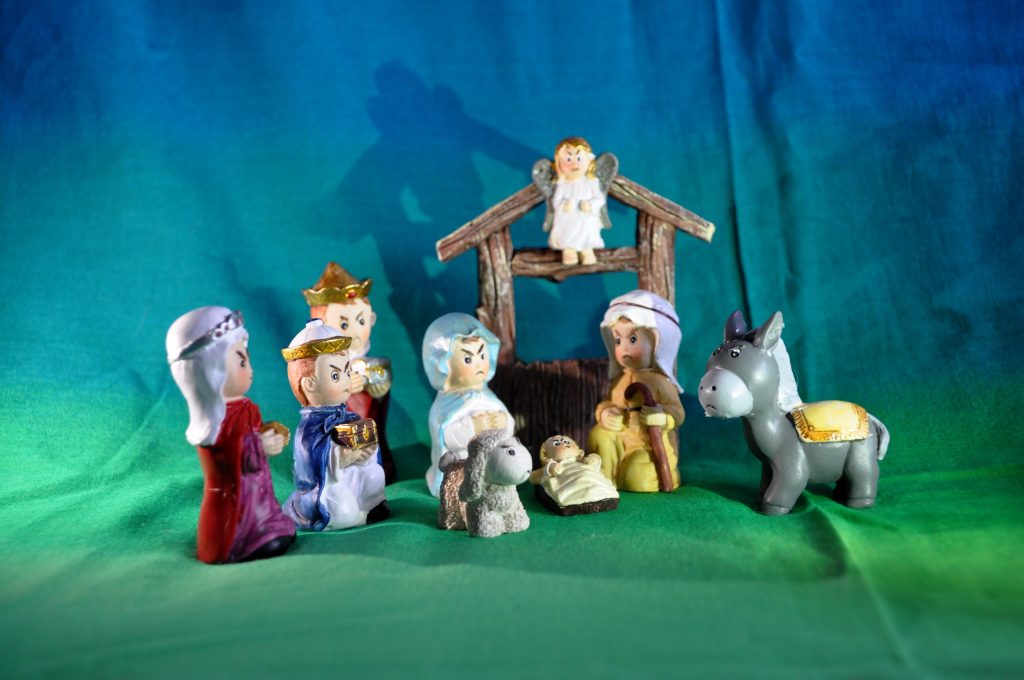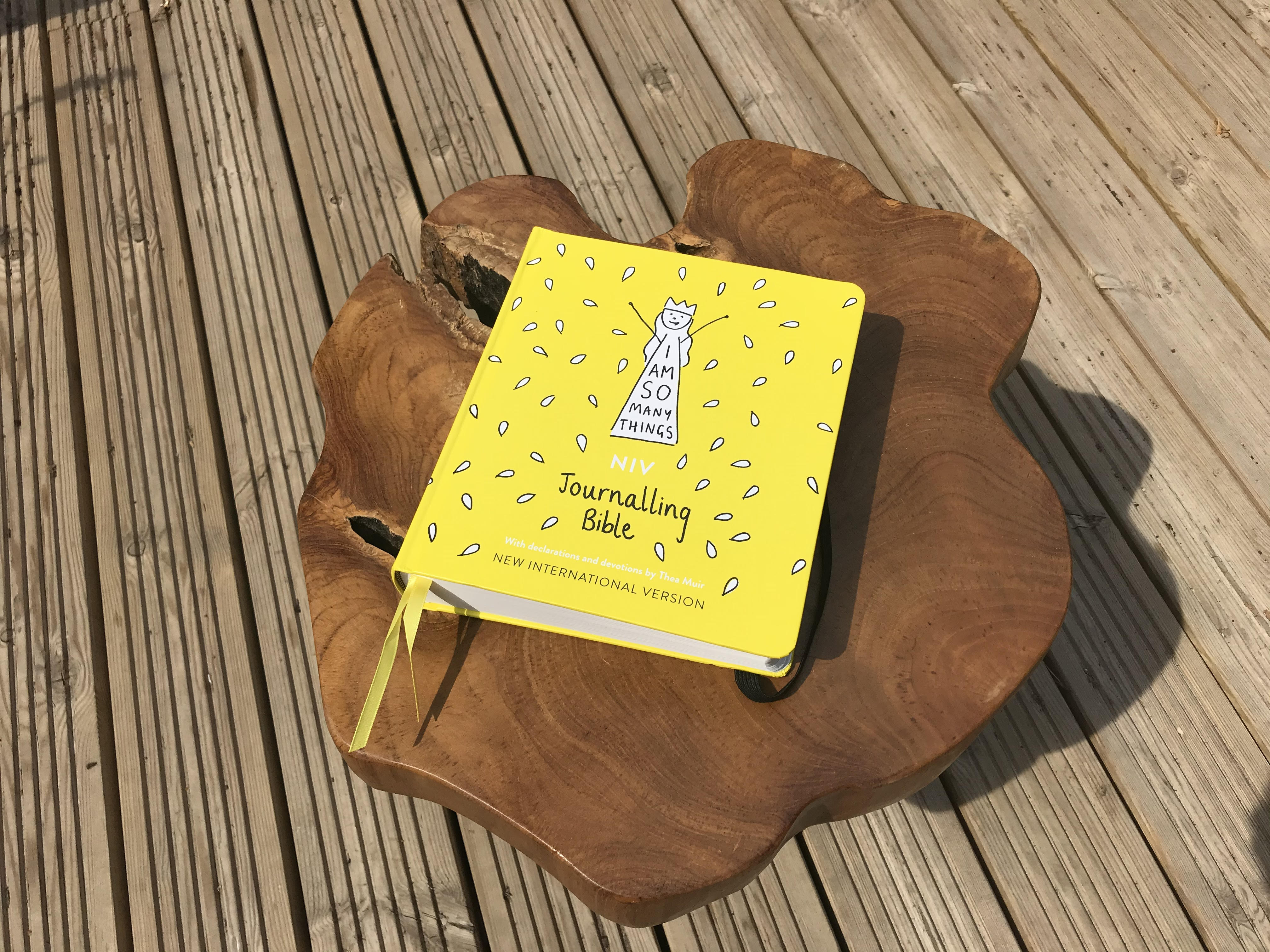A sermon for Easter Day 2021
Preached at Newbury Baptist Church April 4th 2021
___
The edge of the sky is showing the faintest hint of pinky light against the purple, as if the night is giving up the unequal struggle with the rising sun. Silhouetted in the garden is the figure of a woman – monochrome in the half light. Her head is bowed – whether in prayer or despair it is hard to tell. Around the hem of her dress, the dew has left a ring- like a rising tide to wash her away. There is a tide within too – an old and insidious darkness which she had thought was banished for ever. His voice has been enough to make it disappear – like the sun rising now to rub out the last shreds of night.
What now though? What now that his voice was silent? Would it come again?
Her thoughts are interrupted by an angel, an angel of all things! ‘Why are you crying’ he asks – this other worldly creature of molten light. She barely registers him.
In her voice there is none of the fear or reverence which people reserve for angels. Instead, in the monotone which always lingers on the edge of tears, she asks where he has gone. She knows he is dead, of course – many had seen him die. All the same, to see his lifeless form might have quieted the storm brewing within. It might have been enough, at least to steady her boat, lest the waves overturn it and drag it under again.
She had been there before – and the thought of returning filled her with a thousand terrors.
A man is there now – she did not see him come. He, too, asks her why she is crying. Understanding more than the angels he asks who it is she is looking for. She likes the sound of his voice, it lulls the gathering storm within, at least a little.‘Please tell me where he is’ she blurts out. ‘And I will fetch him’. She doesn’t know how she would do it, and the thought of carrying his lifeless form would fill her with dread -but what else can she say?
Then, the rising storm within, and the ground wobbling beneath her feet all stop – with just one word. ‘Mary’.Not ‘woman’ or ‘that woman’ or ‘the mad one’ or ‘her’ –
but Mary. In that instant she knew it was him – like a lost fledgling knows its mother’s voice or a salmon knows its way home. This was the voice which had changed everything, and she leant towards him, as she had been doing since the day he first said her name.
People who come to faith – no matter how long it has taken them or how far they have come, will talk about the sensation of coming home. Theirs is that moment of recognition, felt by Mary here, that this is exactly the person they were looking for.
Of course, ironically – he was looking for her too. The risen Jesus- with disciples to wake up and a global mission to launch and an ascension to come – was nonetheless in the garden, looking for her. In truth, when we find him it is only because he has found us. He comes to her, walking in the garden – as his father had done so long long ago in another garden far away.
It seems like a very quiet way to start a revolution really, doesn’t it? The two disciples, Peter and John, have run off -as if the empty tomb were proof enough. Mary, though, stays and ponders as if she can’t quite take it in. To her, in her quietness and her puzzlement – Jesus comes.
Puzzlement is a pervading state of mind right now, I suspect. True, it does jostle for position with fatigue and sorrow – but puzzlement is definitely there. Why is this thing still here? Why has the world been brought to its knees by a virus too small to see?
Why have so many had to endure the loss of a husband, a wife, a daughter, a son or a friend? Why must Easter be so muted again? There are answers to very few of these questions.
Instead, we stand like Mary by the tomb – on the very doorstep of God’s greatest act, but hanging our heads in puzzlement and waiting for him to speak. Maybe, like her, we don’t really take in the angels – their brightness eclipsed by our own shadows. Like her, we need hear his voice. The sound of it will change everything – banishing the shadows, ushering in the light, calming the storm within, and making everything seem possible – as it should on Easter Day.
I’ve been reading book recently. Its quite an old book – but it stands the test of time. In it a son, who is a professor of theology, and his father, who is an agnostic, exchange letters about the existence and character of God. They range over subjects as diverse as judgement, personality, history and suffering. Given the heavyweight nature of the material – it is a surprisingly tender book. The problem for me is that it is so desperately dry. It is like trying to eat a meal of cream crackers with not the slightest sip of water permitted. The arguments are cogent and reasonable and very very clever – but they leave me entirely unmoved. I think, like Mary – I just need to hear God speak in a voice which piques my attention.
As the years go by – I become more and more convinced that God is not done with incarnation just yet. We see Him at his most intense when he wears human clothes.
I see him in the lives of those who receive neglect but dish out compassion.
I hear him in the voices of those who endure despair but sing the songs of hope.
I sense him when he walks among us in small but glorious ways. Many of those ways have been refracted with greater brightness and intensity in this tough, tough year.
I see and hear those things and I can say with confidence, like Mary, ‘I have seen the Lord’.



















